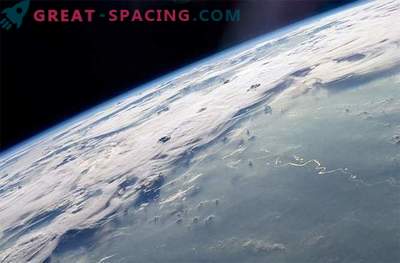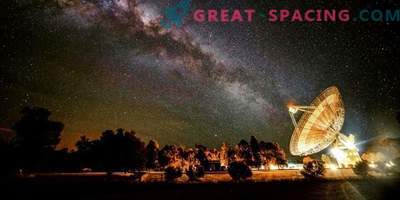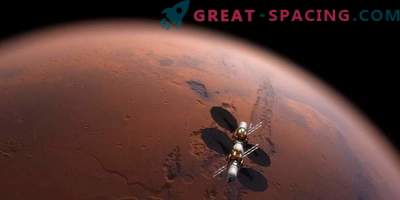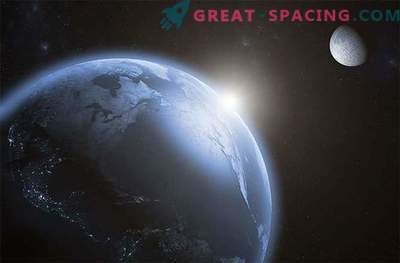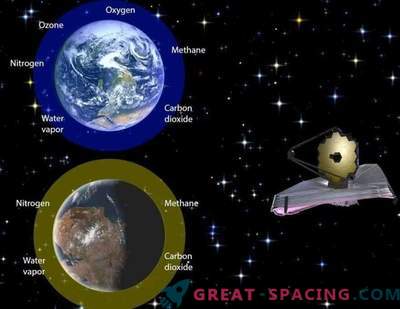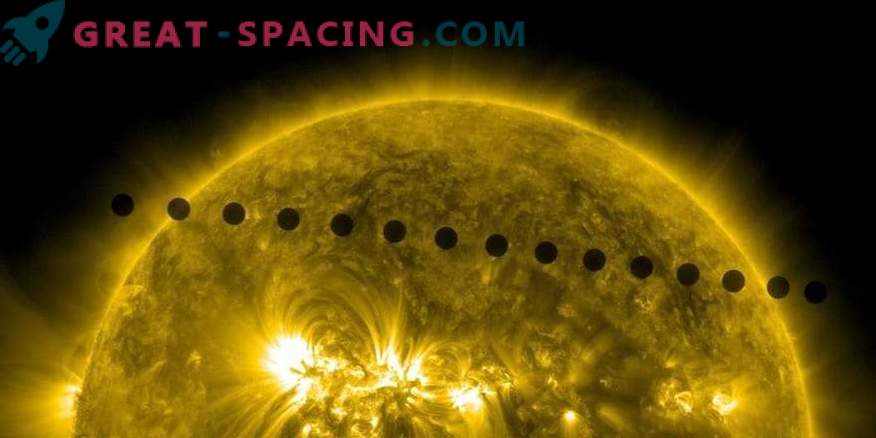
About 4 billion years ago, 8 planets revolved around the sun. The second, third and fourth possessed the potential for the birth of life. Venus missed a chance because of the greenhouse effect. The low gravity level on Mars allowed the solar wind to erase the atmosphere and freeze the planet. But the Earth has oceans and intelligent creatures that can explore their own origin. But why exactly our planet was among the lucky ones?
There is an interesting theory that has not many followers. It says that we are alone (or almost alone) in the Universe, not because life is rare, but because co-evolution with planetary forces is so tense that most of life simply does not survive.
This is the Gaia Bottleneck, a theory based on an earlier hypothesis. She suggests that the presence of living organisms on the planet changes the environment, helping to maintain the conditions necessary for the continued existence and development of life. That is, living organisms affect the climate, making it more comfortable for themselves and the subsequent forms.
Researchers studying the origin of life are very wary of this theory. The fact is that scientists still cannot understand the mechanism of the origin of life on Earth. In addition, there is no data on the development of life on other planets. The Gaia Bottleneck Hypothesis was created by the scientists Aditya Chopra and Charlie Lineweaver.
The absence of life beyond the Earth for a long time puzzled researchers. No one wants to admit that we are truly alone in the universe. Contradictions were tried to be resolved in the “Great Filter” hypothesis, which states that the destruction of life on other planets is a frequent occurrence. Since the extermination of alien life occurs in various ways, there is a huge variety of Great Filter hypotheses. But scares another idea. The great filter should be taken as a kind of barrier that does not allow for the development of life at an early stage or destroys it much later. Humanity has evolved, so scientists believe that the Great Filter awaits us in the future. Some think that they will be climate change.
However, Chopra and Lineviver look at the filter hypothesis with optimism. If life is widespread, but we have not yet found it in the Universe, then perhaps we are on the other side of the filter. That is, in the past there was an event (filter), which led to the death of most of the representatives of life in space, but the earthlings miraculously survived and passed the danger.
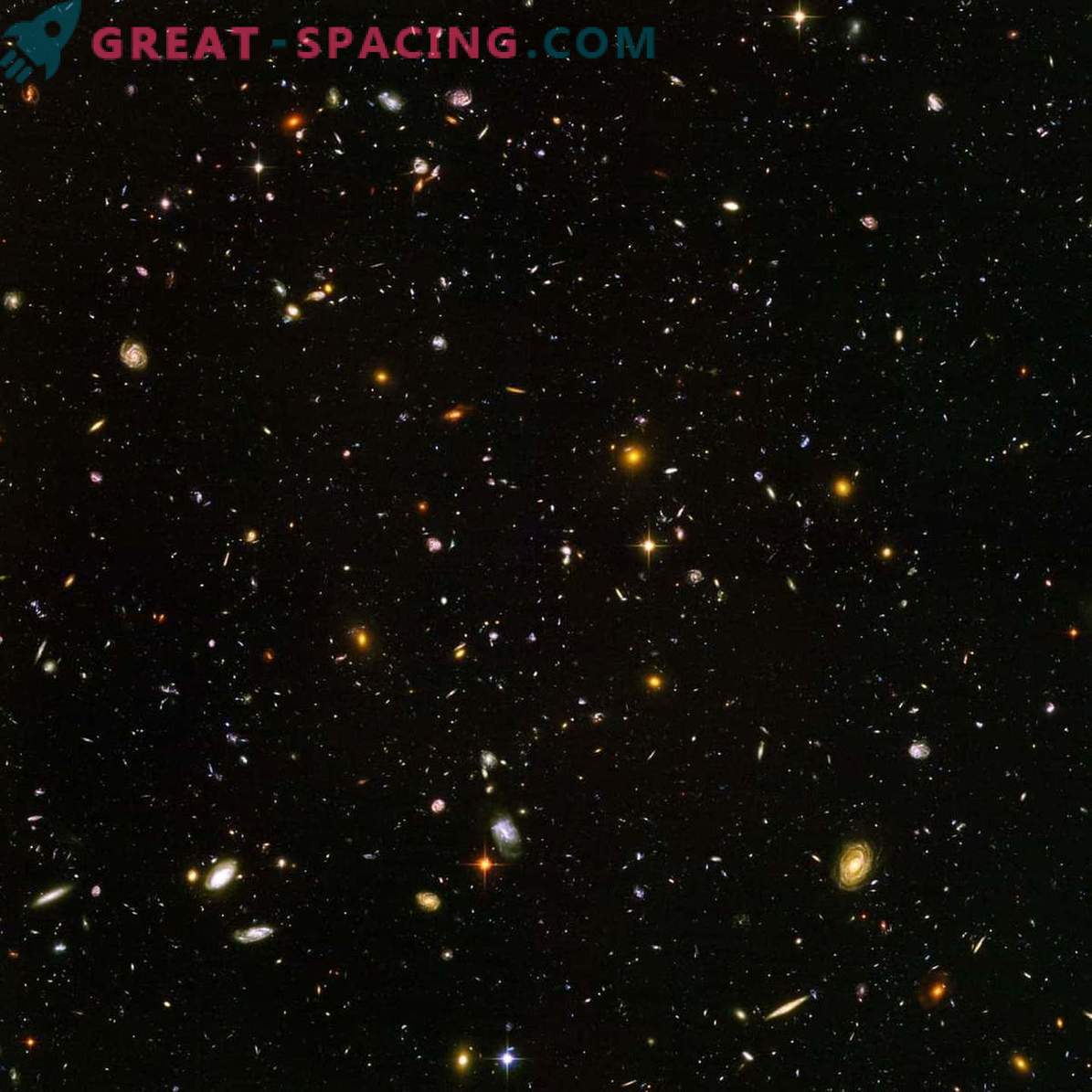
Galaxies, galaxies everywhere - as far as the Hubble Space Telescope allows to see. Such a view on almost 10,000 galaxies is as deep as possible today. The so-called Ultra Deep Hubble Field (Hubble Ultra-Deep Field or HUDF) is the deep center of the universe, which is a billion light-years away. High-quality photography from space allows you to see the galaxies of various ages, shapes and colors. The smallest galaxies with a reddish tint may be among the most ancient, having formed when the Universe was only 800 million years old. The nearest galaxies, larger, brighter, having a well-defined type of spiral and ellipse, originated about 1 billion years ago, when the cosmos was 13 billion years old.
The Gaia Bottleneck Hypothesis originated from the Gaia Hypothesis. The latter perceives our entire planet as a living organism. The hypothesis originated in the 1970s. and seemed quite controversial. In fact, its supporters claim that people, animals, plants and all living and non-living interact with the planet, forming a self-regulating system. Today, this idea is listened to, because it can be seen how life in some aspects affects the environment. There is a controversial moment in the Gaia Bottleneck hypothesis. The main premise is that early microbial life kept the Earth from transforming into Venus or Mars. The fact is that this cannot be proved, because it is difficult to explain what kind of impact life has on the modern environment.
Over the past millions of years, the environment of our planet has been the best place for complex aerobic organisms. But most of the representatives of ancient life died out long ago. Moreover, these forms lived in a climate that was completely different from the present.
But Chopra is trying to prove that despite the changes in the environment and climate, the Earth has remained habitable throughout history, which does not apply to Venus and Mars. There are theories indicating that certain forms of microbial life were present on Venus and Mars. Moreover, the Red Planet had an ocean (Venus could also have).
However, there is nothing on these planets right now. Chopra uses this “failure of life” as a confirmation of an important thought: “Maintaining life for billions of years is unusual.” But what makes earth life so special? Most likely, we have passed a certain selection.
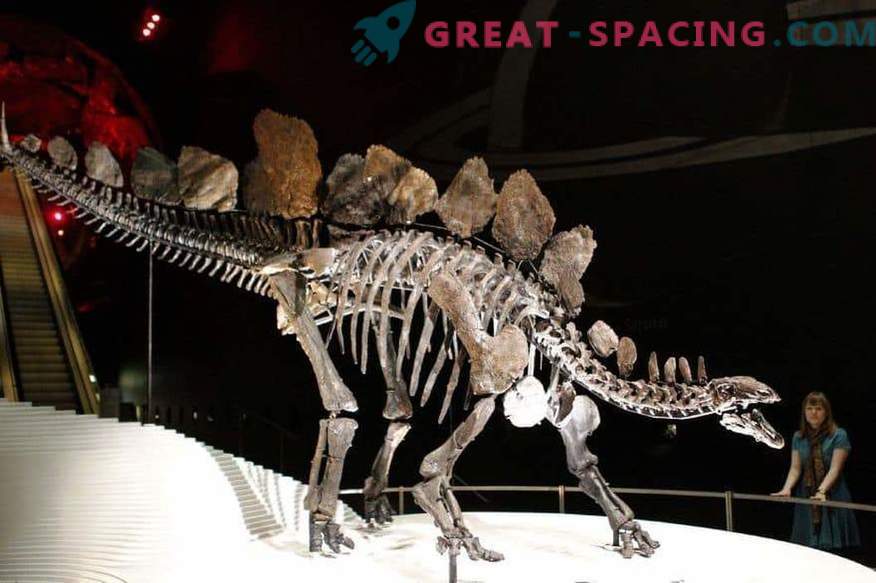
This is a full-fledged skeleton of a stegosaurus, demonstrated at the Museum of London on December 3, 2014 The skeleton is extended in length by 560 cm, and in height - 290 cm. It contains more than 300 bones and is considered the first complete specimen of the dinosaur's skeleton, exhibited in the Museum of Natural History in the last 100 years
The problem is that it is still not possible to find evidence to support any of the hypotheses. Chopra is based on the study of the origin of life on Earth and the idea of its hypothetical death on Venus and Mars (this has not yet been proven). There are also disputes regarding the rate of hydrogen leakage into space. Chopra believes that there is ample evidence in the ancient fossils that the Earth was covered with microbial organisms that changed the rate of hydrogen loss, which allowed the Earth to remain habitable.
Chopra is convinced that Mars and Venus did not have organized microbes that could affect the early atmosphere of their planets (they became extinct before they learned to interact with the climate). Therefore, primitive living organisms had to die in the early history of the development of these worlds.
The scientist believes that a developed life is a rarity in the Universe. Even on the example of Earth, only people fall under the criteria of intelligent life. Therefore, when searching for life, it is necessary to focus on microbes and primitive organisms, and not highly developed newcomers. But Chopra does not see a reason for sadness and sadness. Perhaps we are not alone in the entire universe, but only in the local one. Therefore, you can continue the search.
Many oppose the Gaia Bottleneck hypothesis. For example, biochemist Lee Kapm says:
“There are models proving that the Earth will still remain wet and without germs. Moreover, we do not know how widespread life was on the early Earth ”.
He is also skeptical of the idea that microbes could have a significant impact on the planet because the ancient Earth did not have a huge amount of open land.
In addition, rocks with an age of 3.5 billion years are extremely rare. Therefore, it is difficult to say whether life was widespread on the planet or concentrated closer to hydrothermal vents and shallow waters.
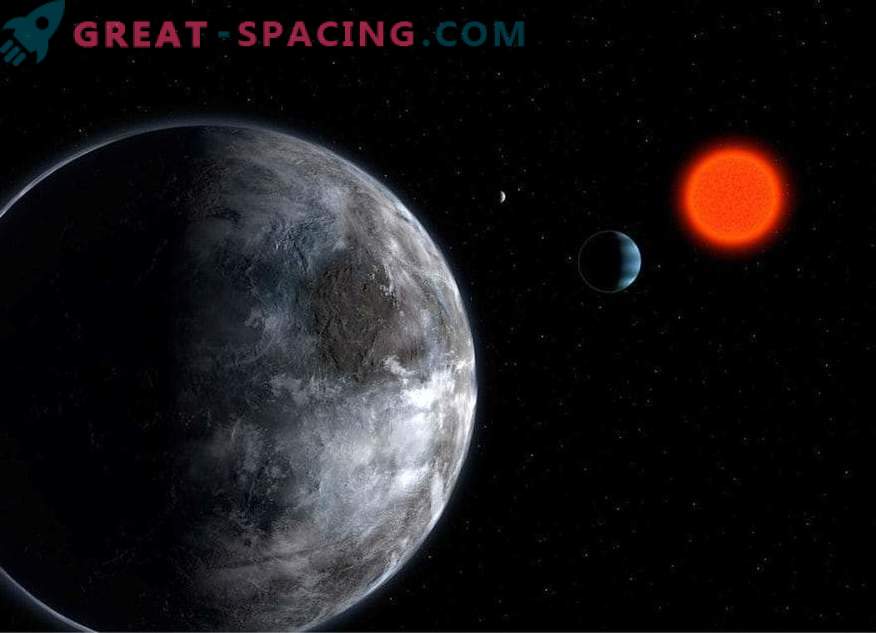
The artistic vision of the planetary system around the red dwarf Gliese 581. The planet that most resembles the Earth is shown here. On its surface may be liquid water. The planet is separated from us for 20.5 light years (constellation Libra)
Kamp is convinced that the external climate has influenced the climate history of the early Earth. But he does not agree with the statement that the only reason why life now exists is the influence on the climate of early life forms (some kind of vicious circle).
Moreover, Lee Kamp is much more optimistic about the search for extraterrestrial organisms. He believes that a detailed study of terrestrial-type exoplanets in the habitable zone will allow you to quickly find life. He recommends focusing on gases, like methane, in an oxygen atmosphere and construct more powerful telescopes to analyze the chemical composition of atmospheres at large distances.

